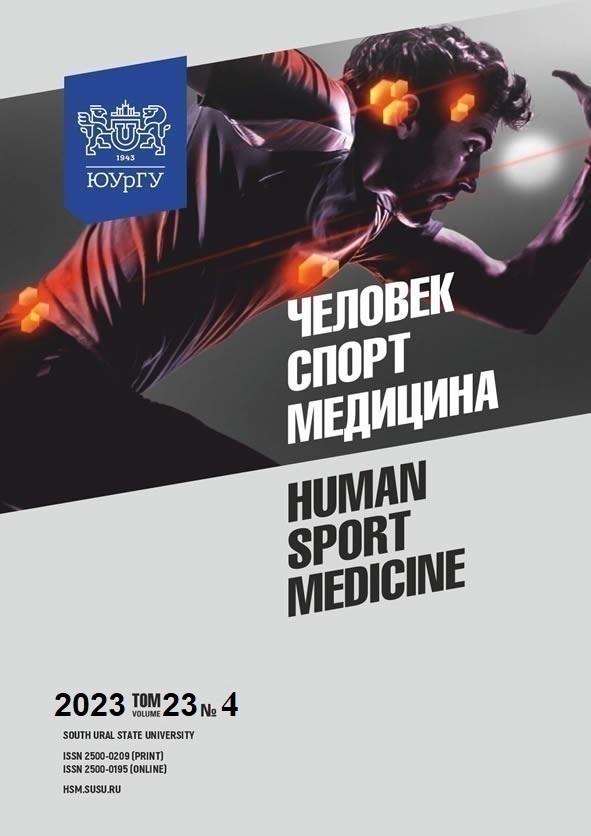THE ROLE OF THE SYMPATHOADRENAL SYSTEM IN MODULATING AUTONOMIC TONE IN CHILDREN
Abstract
Aim. To study the role of catecholamines in providing autonomic tone in schoolchildren of both sexes. Materials and methods. The study involved 86 schoolchildren of both sexes, ages 12–13, from school No 143 (Kazan, Russia). A longitude study was performed with an annual detection of the same study parameters in the same children during 2 years, two measurements per year. Baseline autonomic tone was assessed with cardiac interval recording (REACARD automated cardiac assessment complex). The functional activity of the sympathoadrenal system (SAS) was recorded by the fluorometric detection of urinary catecholamines (CA), namely adrenaline, noradrenaline (NA), dopamine (DA), and DOFA. The noradrenaline-to-adrenaline excretion ratio was also used. Results. Schoolchildren with different baseline autonomic tone have significant, sex-dependent differences in the excretion of CA and DOFA. In girls with the dominance of sympathoadrenal influences (sympathicotonic-type), the daily excretion of NA is significantly increased against a decrease in DA, while the NA/A ratio is relatively higher than that of vagotonics. In boys, no significant differences were found with respect to the level of CA and NA excretion in the states of sympathicotonia and parasympathicotonia. At the same time, cases of sympathicotonic-type autonomic tone are invariably characterized by a lack of precursors and a predominance of the nervous component of the SAS over the humoral one (NA/A). These signs are considered a reliable criterion for the assessment of baseline autonomic tone in children and a variant of the development of the functions of the autonomic nervous system (ANS) in ontogeny. Conclusion. Thus, this study expands the understanding of the mechanisms of the development of autonomic tone in ontogeny and provides prospects for the early detection of changes in the system of autonomic regulation in children.
References
References on translit
Copyright (c) 2024 Human. Sport. Medicine

This work is licensed under a Creative Commons Attribution-NonCommercial-NoDerivatives 4.0 International License.















